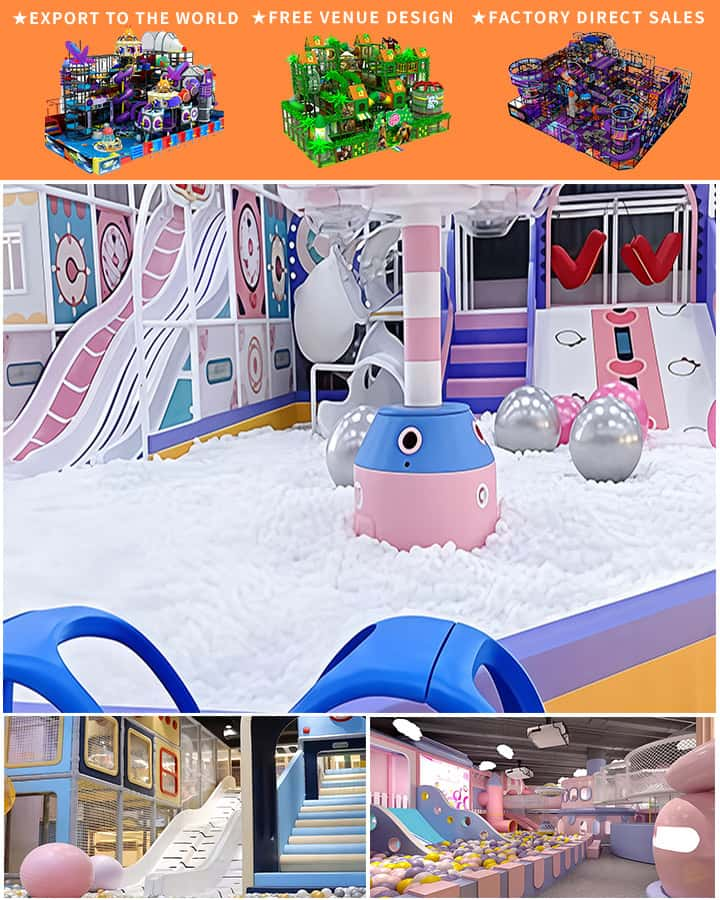Playgrounds are a cornerstone of childhood, providing an essential space for physical activity, social interaction, and imaginative play. However, these spaces can only fulfill their intended roles when they are safe. Ensuring the safety of playground equipment is paramount to protecting children from injury and promoting a healthy, active lifestyle. This article delves into the critical aspects of maintaining safe playground equipment and why it is crucial for communities worldwide.
The Role of Playground Equipment in Childhood Development
Playground equipment such as swings, slides, climbers, and merry-go-rounds are designed to enhance various aspects of a child’s development. They encourage physical fitness, coordination, balance, and strength. Moreover, playgrounds foster social skills like cooperation, negotiation, and empathy as children engage in group activities. Cognitive development is also stimulated through imaginative play, where kids invent games and scenarios that expand their creativity.
Safety First: The Importance of Properly Maintained Equipment
While the benefits of playgrounds are undeniable, the potential risks associated with unsafe equipment cannot be overlooked. Injuries from falls, entrapments, or equipment malfunction can have severe consequences, ranging from bruises and scrapes to more severe outcomes such as fractures or concussions. Therefore, ensuring that playground equipment meets stringent safety standards is not just a recommendation but a necessity.
Key Safety Considerations

- Material Quality and Durability:
- Equipment should be constructed from high-quality, durable materials that can withstand various weather conditions and heavy use. This includes metals that are rust-resistant and plastics that are UV-stable to prevent degradation over time.
- Proper Installation:
- Professional installation is crucial to ensure that all components are correctly assembled and securely anchored. Improper installation can lead to structural failures and increase the risk of accidents.
- Regular Inspections and Maintenance:
- Routine inspections are vital to identify and address any signs of wear and tear or damage. A comprehensive maintenance schedule should be established, including checking for sharp edges, loose parts, corrosion, and other potential hazards. Immediate repairs or replacements should be carried out if any issues are detected.
- Safety Surfacing:
- The surface beneath playground equipment plays a crucial role in reducing the impact of falls. Safety surfaces, such as rubber mats, wood chips, or sand, provide a cushioning effect and help minimize injuries. It is important to ensure that these surfaces are adequately maintained and replaced as needed.
- Age-Appropriate Design:
- Playground equipment should be suitable for the age range of the users. Different pieces of equipment are designed for specific age groups, taking into account their physical capabilities and developmental needs. Mixing equipment for different age groups can lead to accidents if younger or older children use inappropriate structures.
- Accessibility:
- Inclusive playground design ensures that children of all abilities can enjoy and benefit from play. This includes features such as ramps for wheelchair access, transfer stations, and adaptive swings. Ensuring accessibility promotes a sense of inclusivity and equal opportunity for all children.
Community Responsibility: Working Together for Safer Playgrounds
Creating and maintaining safe playground environments is a collaborative effort involving multiple stakeholders. Parents, caregivers, playground designers, municipal authorities, and facility managers all play a crucial role in this endeavor. Public awareness campaigns can educate communities about the importance of playground safety and the need for proper maintenance practices. Additionally, advocacy for funding and resources to support the construction and upkeep of safe playgrounds is essential.
Conclusion
Safe playground equipment is fundamental to ensuring that children can play and grow without undue risk of injury. By prioritizing quality materials, professional installation, regular inspections, and age-appropriate designs, communities can create nurturing environments where young minds and bodies can thrive. Collective responsibility and ongoing commitment to safety will help safeguard the well-being of future generations, allowing them to enjoy the countless benefits that playgrounds uniquely provide.




